Discover the Athearn Genesis ATHG75640 SD60M Tri-Clops locomotive in HO scale. This model represents BN Burlington Northern #9242 and comes equipped with DCC and sound features. The BN units have forward standard ditch lights, illuminated front and rear number boards, white anti-climbers, and a small EMD front plow. Built for heavy coal train pulling in the Midwest, they later served across the system. By the mid-1990s, BN adopted standard front ditch lights for better visibility. The SD60M 'Tri-Clops' series locomotive has numerous detailed features such as coupler cut levers, flexible trainline and MU hoses, and a lot more. It also features fine-scale Celcon handrails, McHenry® scale knuckle couplers compatible with Kadee®, and a Genesis driveline for smooth operation. The sound-equipped models have an onboard DCC decoder with SoundTraxx Tsunami2 sound and dual cube speakers for great sound quality. They work in both DC and DCC modes. The Legendary Liveries are an Athearn exclusive, offering unique paint schemes for collecting or fun. The prototype SD60M was introduced in 1989 with a wide nose'safety' cab and the 'Tri-Clops' windshield. Ordered by Union Pacific first, then Burlington Northern and SOO Line, these locomotives had various service histories.
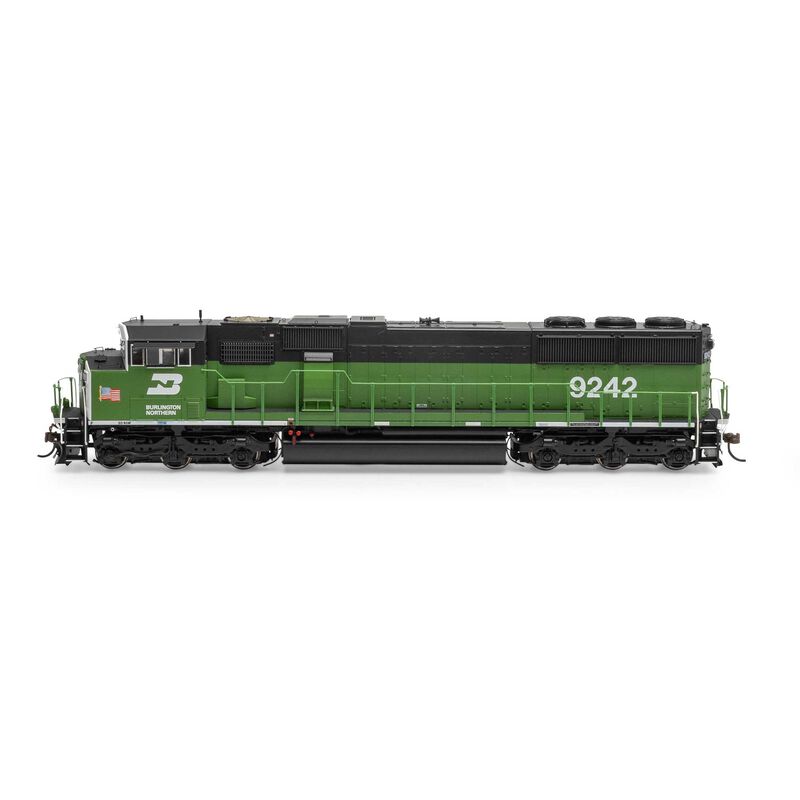
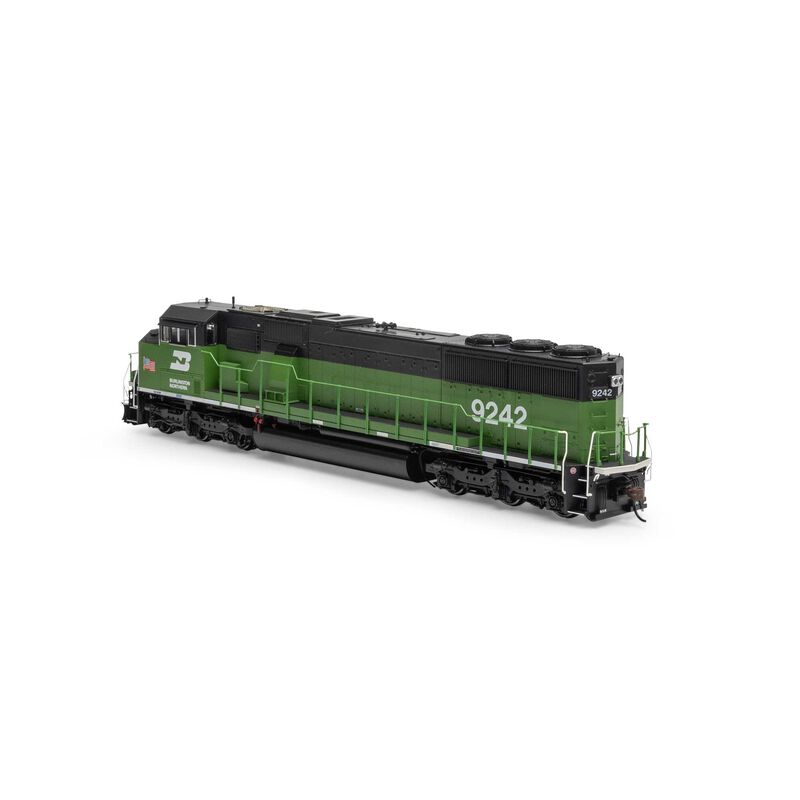
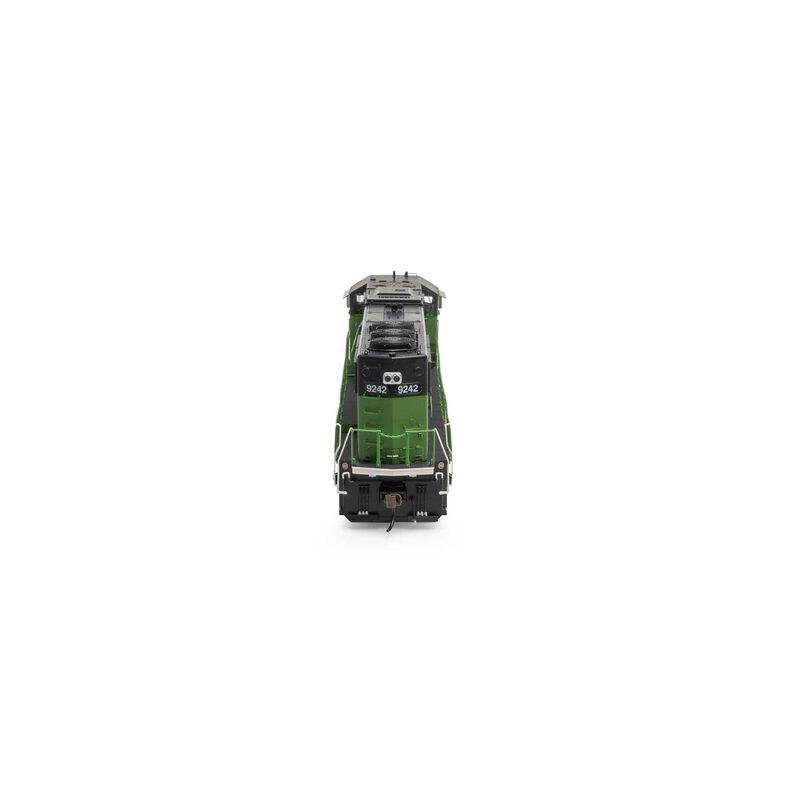
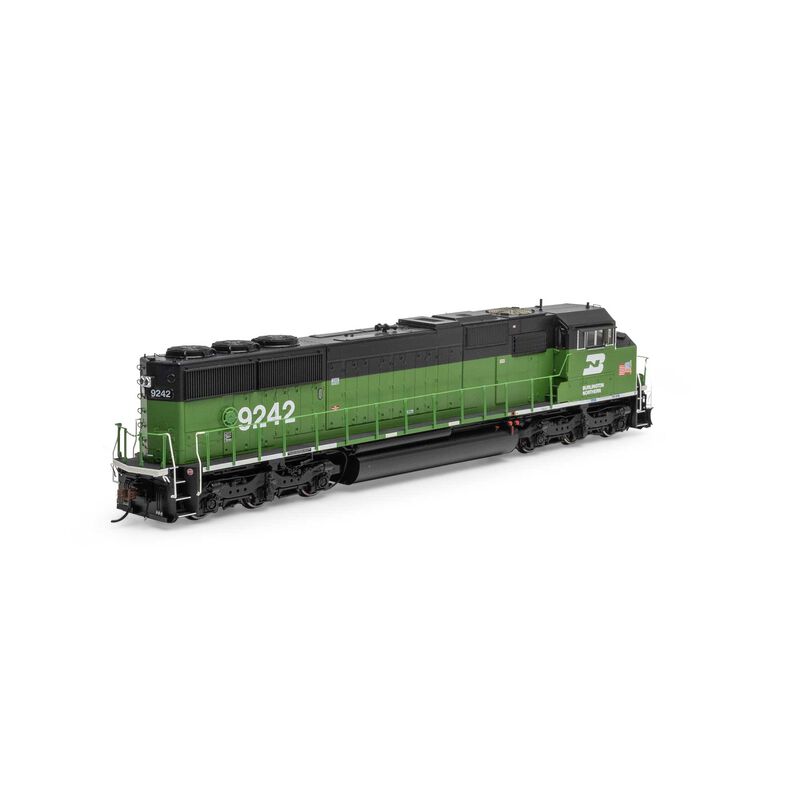

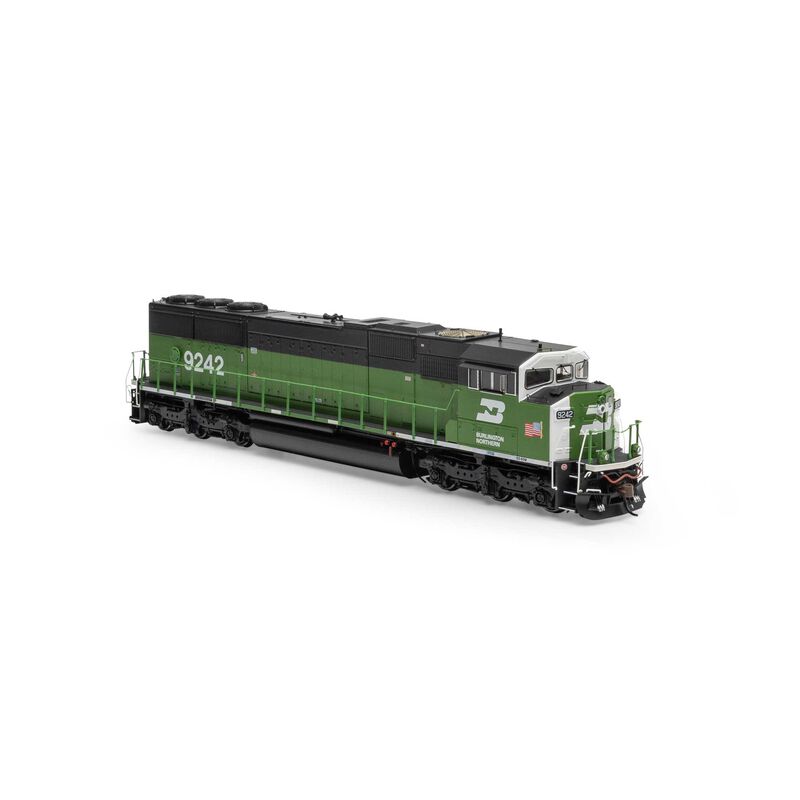
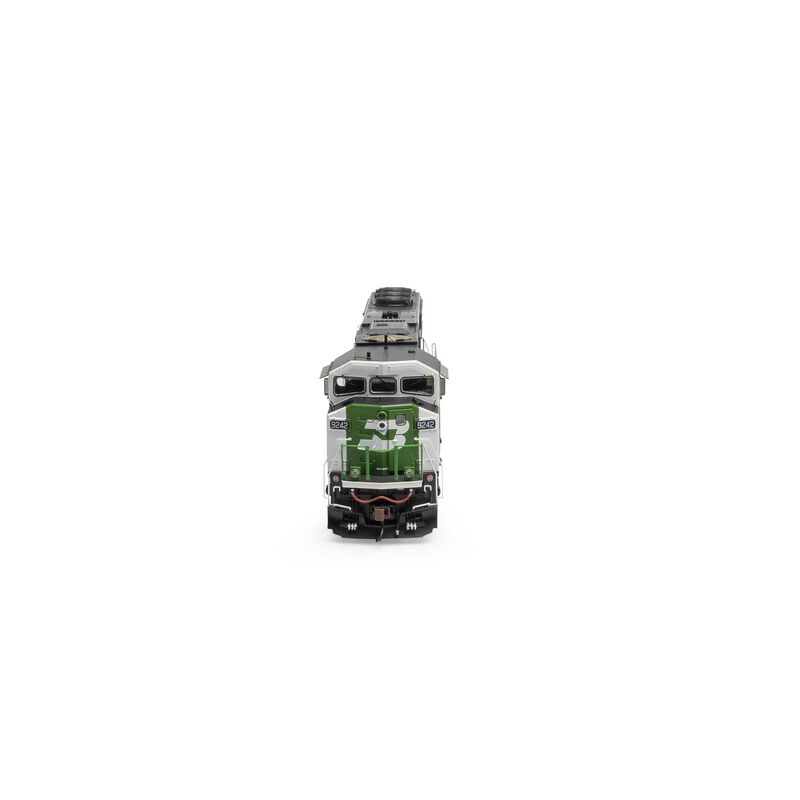
Using this Athearn Genesis HO scale locomotive is a breeze. First, place it on your track. If you're using DC mode, you can enjoy basic functions like the engine, horn, and bell sounds. In DCC mode, you get access to full DCC functions. To operate the sound, make sure the battery is charged (if applicable) and the settings are correct. When programming a multiple unit (MU) lashup, follow the instructions to set up the lead unit's horn, bell, and lights. For storage, use the secure packaging provided to keep the model safe. When it comes to maintenance, clean the wheels regularly with a soft cloth to ensure smooth operation. Check the electrical connections periodically to make sure there's a reliable current flow. If you notice any loose parts, gently tighten them. Avoid exposing the model to extreme temperatures or humidity, as this can damage the paint and internal components. And always follow the NMRA standards when operating in DCC mode for the best performance.









